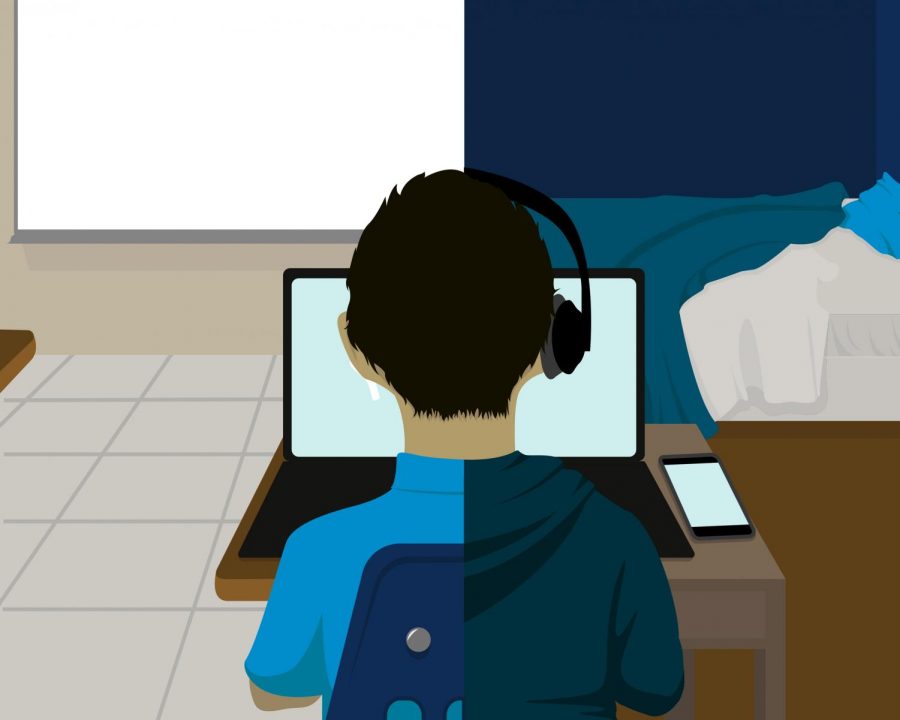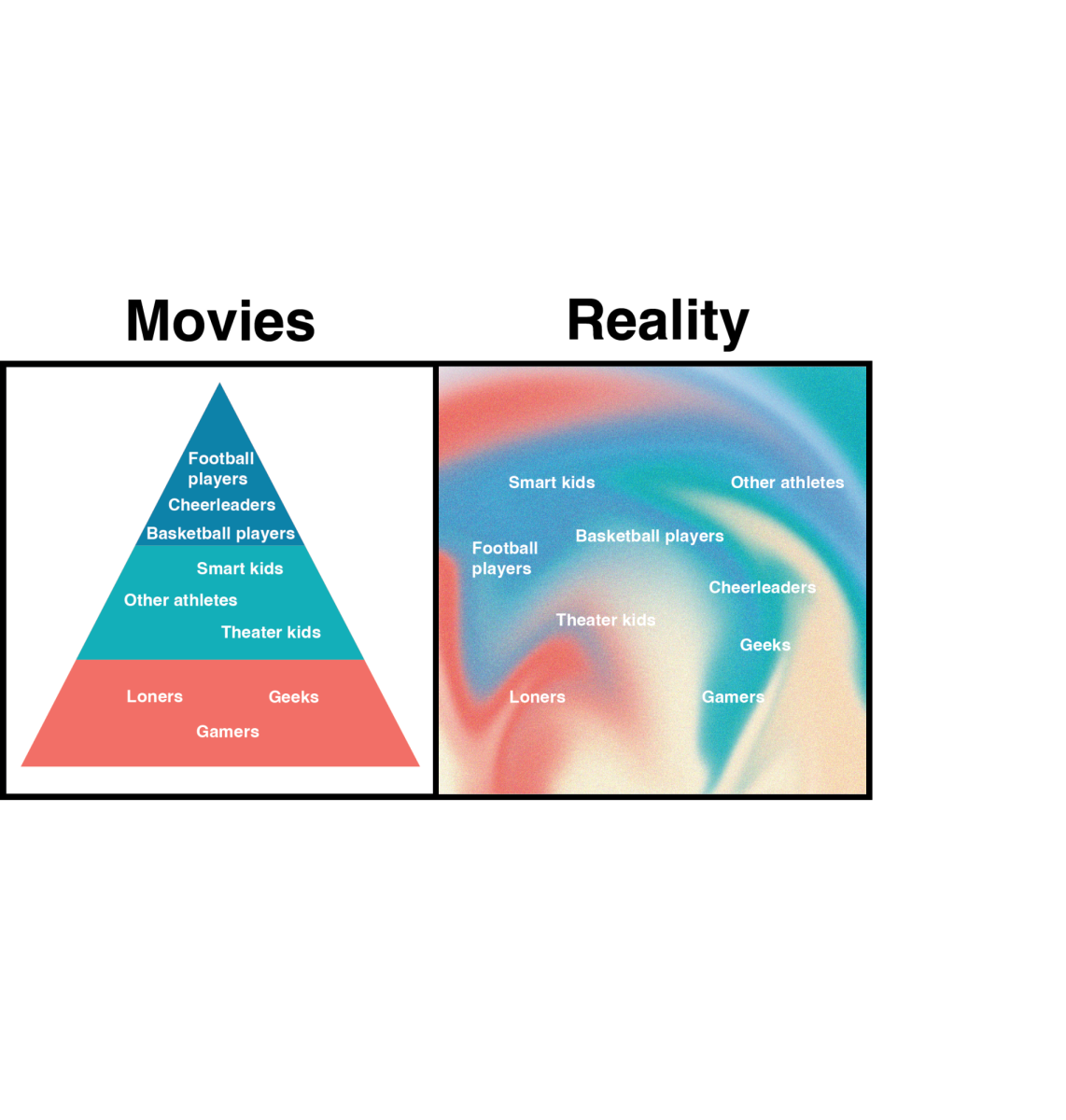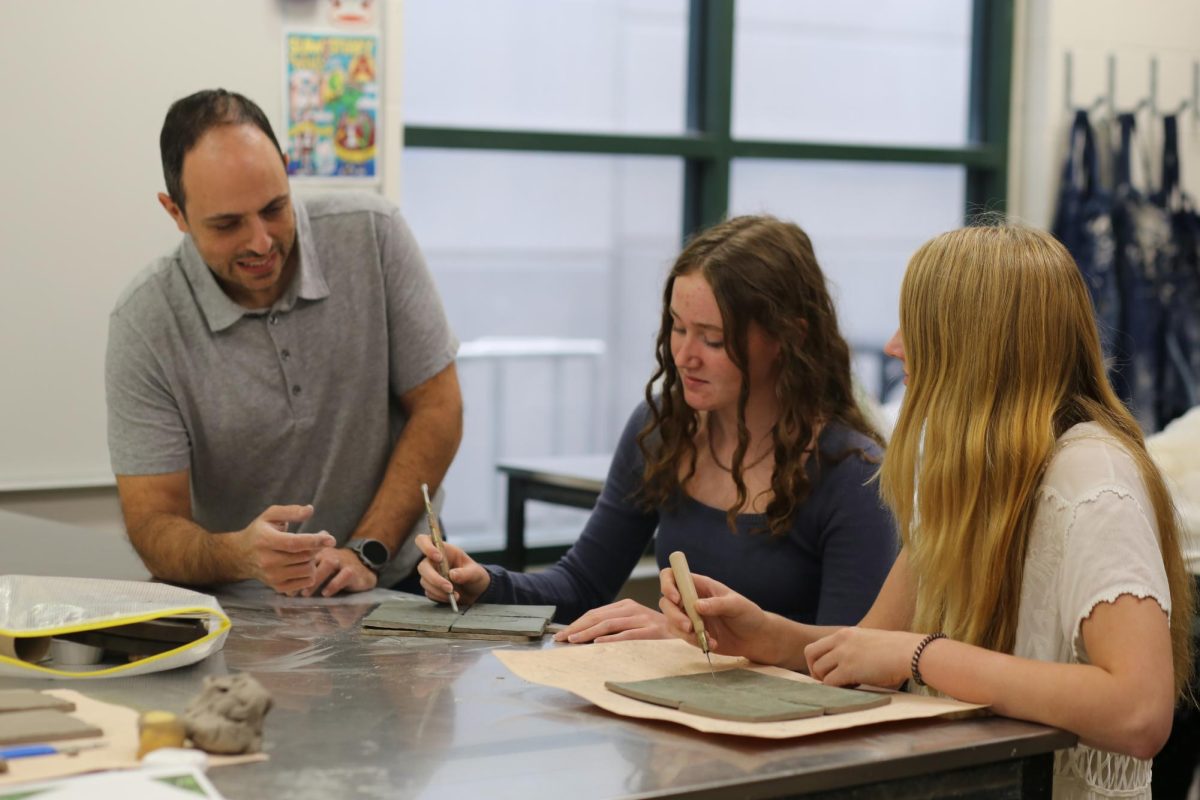The COVID-19 pandemic has caused many changes for students and their use of technology in classrooms. The world of education is not the same as it was six months ago. The gradual shift towards utilizing technology in classrooms became a forceful thrust of necessity due to the pandemic. Now the question is, what does this mean for the future?
In the past years, schools have been mainly focusing on the in-person classroom experience. Anthony Salcito, Vice-President of Education at Microsoft, said in a June Microsoft report that he believes schools will start to “create a foundation of inclusive, flexible, data-driven buildings and spaces that will enable students to learn beyond those walls.”
Given this year’s events, academic institutions have quickly launched forward into Salcito’s vision. Trinity Prep, along with many others, reshaped its learning models this past summer. Such schools implemented new digital resources in order to fulfill the Center for Disease Control and Prevention’s guidelines and accommodate families who prefer the remote learning track.
“[For Trinity] it was two phases,” Director of Learning and Instruction Dr. Stephanie Dryden said. “We had the emergency remote learning … and then we had this summer, where we had time to reflect and think about what the next school year would look like.”
Adapting to new technologies, schools get a glimpse of where education is headed.
“We are looking at what are the things that we have learned from all of this that make us a better educational institution,” Dryden. “We see that we are getting better at communicating, being purposeful and maintaining a community.”
Being able to keep the school’s sense of community is crucial to the implementation of new technology. Traditional classroom methods provide something that online learning can’t. Teachers have an open window into students’ abilities to learn. In this year’s transition, schools will have to learn how to keep the social and emotional aspects traditionally found in face-to-face learning.
A May Microsoft report on the reimagining of education envisions that the future of education will “[combine] the best of in-school and remote learning, with digital engagement.”
Dryden said this is a process that will take time but that we have already found successes in terms of communication. Students said that the lack of human connection has been a major issue when implementing remote learning.
“The teachers are trying to balance both in-classroom and remote learning, but it is hard to focus in lectures,” junior Ela Patel said. “It feels like you are just watching a video.”
Patel said she believes having classes with solely remote students could improve the attention received from teachers, as there seems to be an evident disconnect when part of the class is behind screens.
Of course, technology is not a perfect platform, and there will be inevitable tech and social problems. From devices crashing on both ends of the screen and technical glitches emerging, classes often have to deviate from learning in order to address the issues. This combined with Patel’s sentiments is a reminder that this transition is not a one and done deal.
Platforms such as Zoom are being used for brown bag lunches with parent groups. School events are being live-streamed. Online discussion boards, break out rooms and applications such as Screencastify are now integrated to better engage students. Online testing is soon to be available with DigiExam.
Every day in classrooms, teachers gain a better understanding of what will work in the long run. Such is the case with Google Meets — a video communication service that many hadn’t heard about, yet now will be used past the pandemic because of its accessibility regardless of location.
“[In the future], I think having Google Meets will be really helpful when people are out of town and need to check in with teachers or classes,” Patel said.
Scanning documents for online submission is another practice that might stick around. Teachers are taking this into consideration as it allows them to store papers efficiently online.
“I can’t really tell my teachers anymore, ‘Oh I’m sure I turned it in. The paper must’ve gotten lost,’” sophomore Koray Tekin said.
Dryden said that she believes adapting to these changes and learning new processes “quite honestly, makes better students.”
As teachers learn to navigate this process, schools will continue to add new online tools to their inventory. New resources that are found beneficial will stick around, and those that restrict learning will go.
















